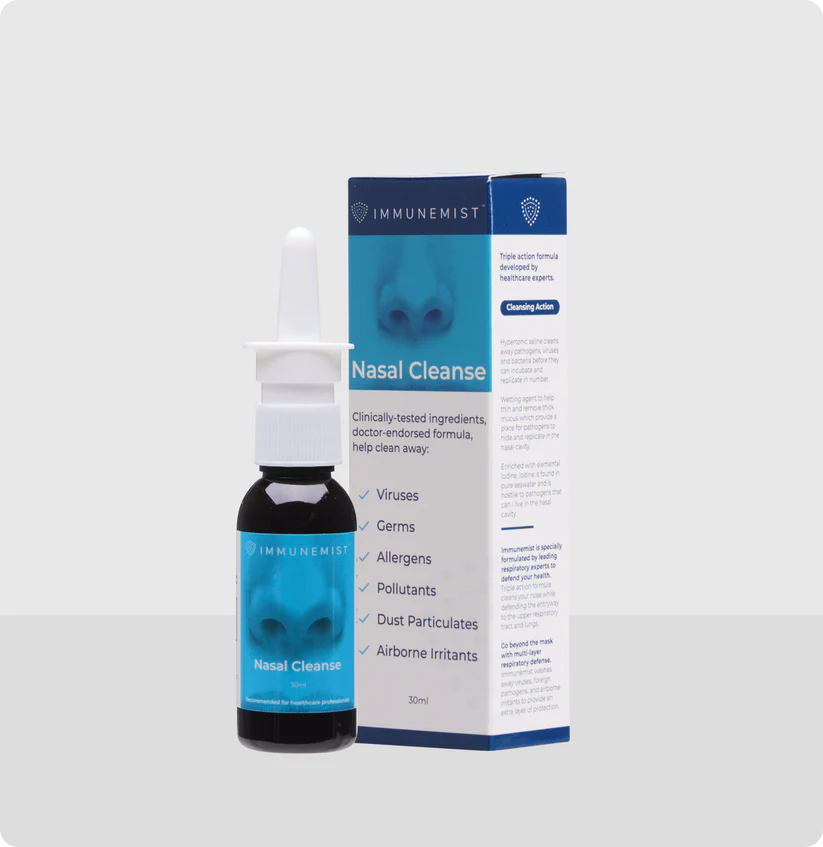
Iodine Nasal Spray
.png)
About Us
We are a health-focused innovation company dedicated to developing safe, effective, and science-backed solutions for personal wellness. With a deep understanding of iodine’s natural antimicrobial properties, our team set out to create a nasal spray that supports everyday respiratory health without relying on synthetic chemicals or drugs.Our iodine nasal spray is formulated in compliance with the highest safety and quality standards, using medical-grade ingredients that are lab-tested and clinically considered. From formulation to final product, every step reflects our commitment to purity, performance, and transparency.
What Is Iodine Nasal Spray?
In an age where respiratory health has become a global priority, iodine nasal sprays have emerged as a promising tool for supporting nasal hygiene and immunity. But what exactly are they, and how do they work?Iodine is a natural antiseptic known for its powerful antimicrobial properties. When used as a nasal spray, it may help cleanse the nasal passages, reduce microbial load, and create a cleaner airway environment—without the use of harsh chemicals or pharmaceuticals.Here we break down the science behind this solution, explore safety and usage guidelines, and help you stay informed with the latest evidence, expert opinions, and real-world applications. If you’ve been searching for trustworthy information—not marketing jargon—you’re in the right place.
Shop Now







.png)